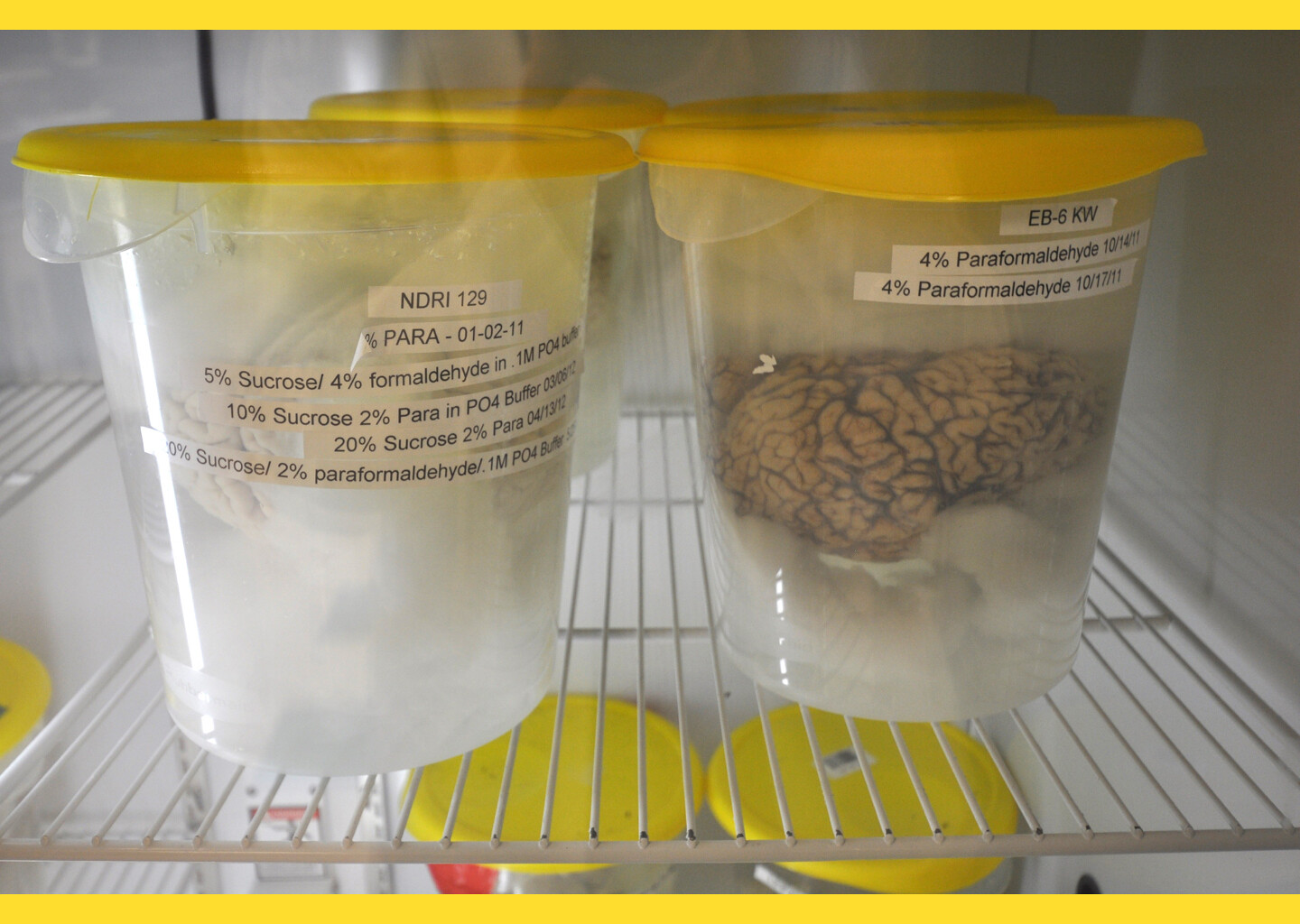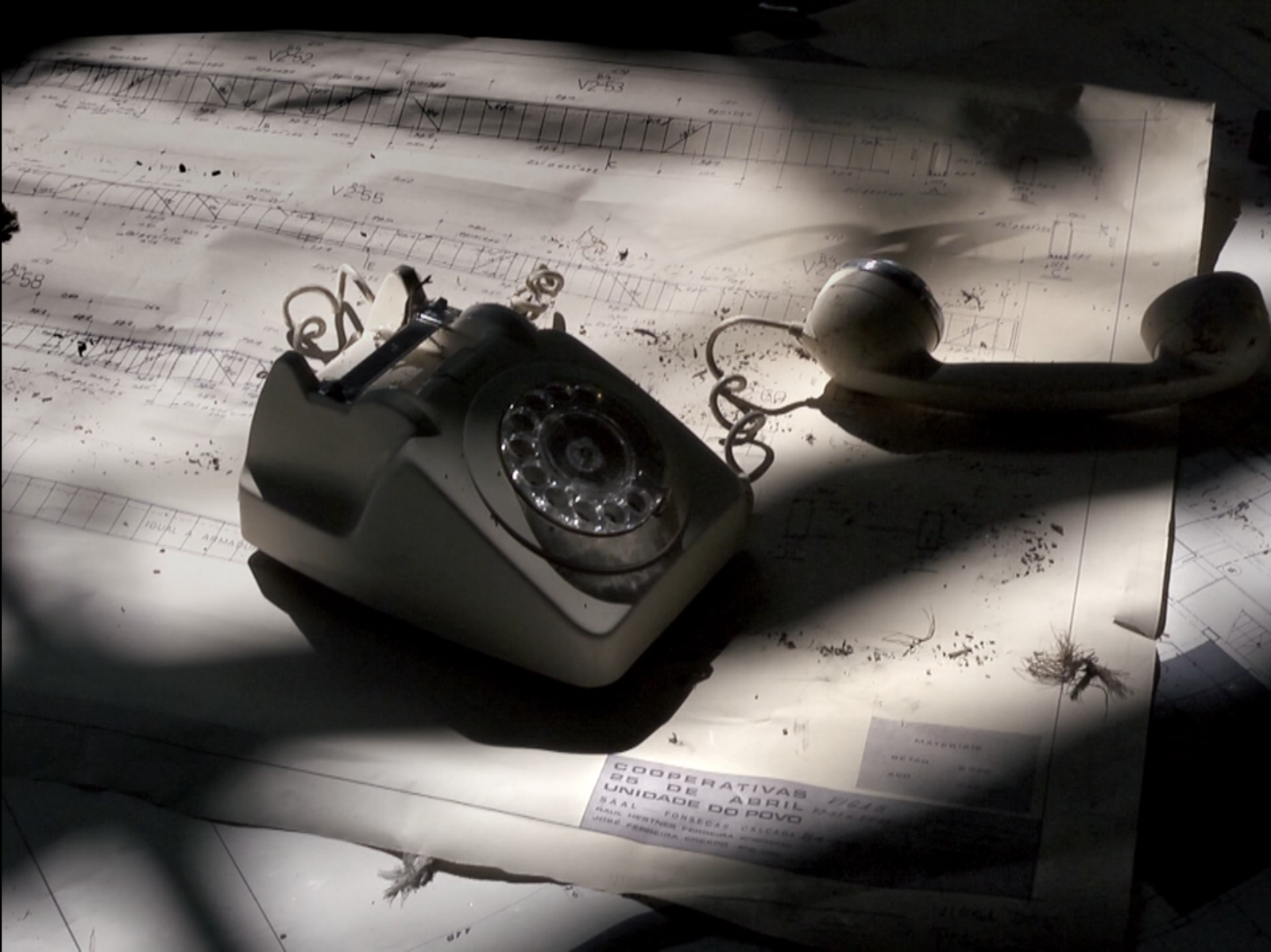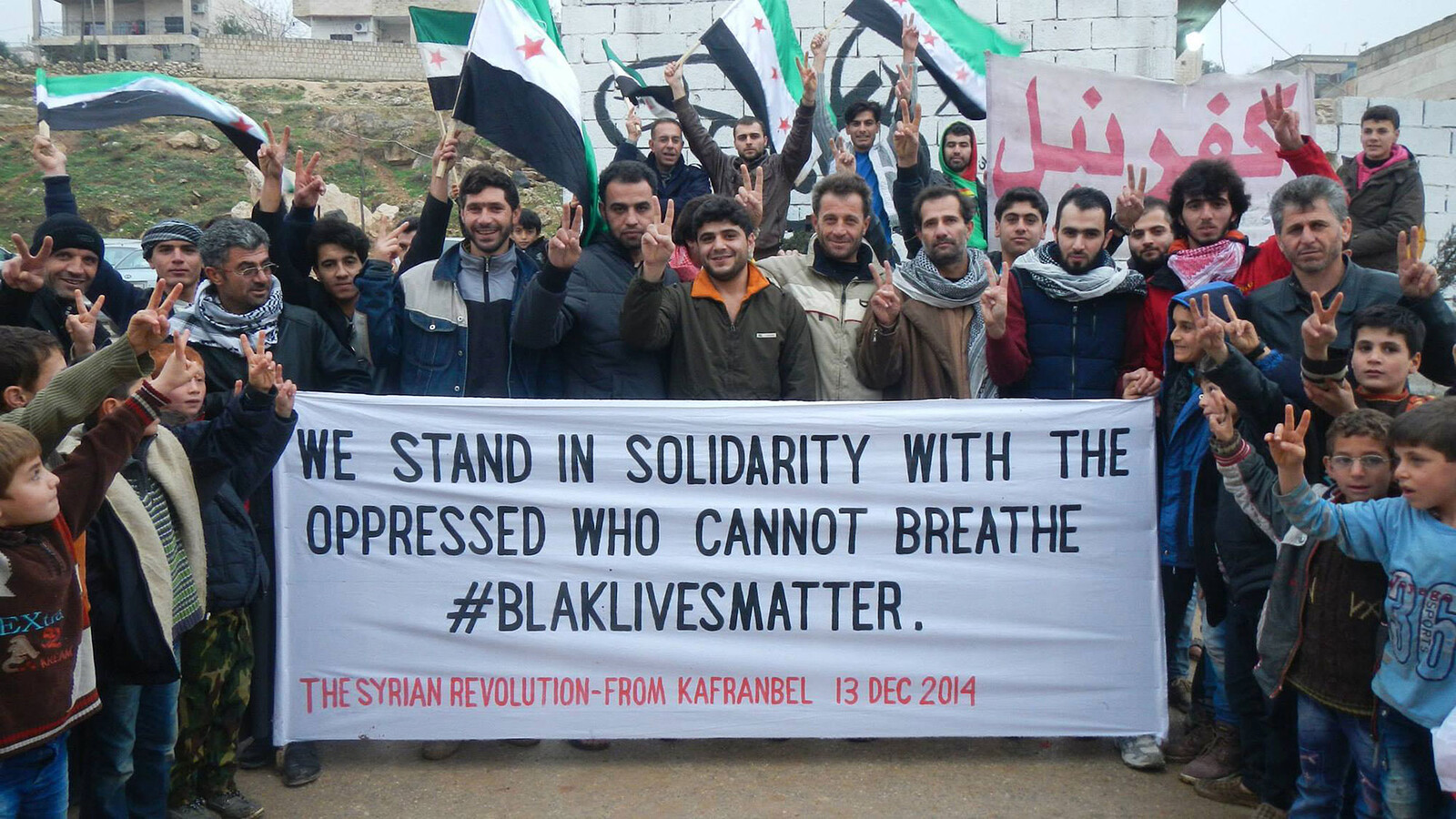1
I saw the white light through the monitor of my mobile phone—a burst of white light that spread from the upper-left corner of the frame the moment the surveillance camera at Istanbul’s Atatürk airport captured the detonation of the suicide bomb—and this fleeting white light meant that some people’s lives had been cruelly taken from them without any warning.
This was neither the first nor the last time a suicide bomber would strike against innocent people in a modern public space, and it is precisely due to the innocence of their victims that these violent incidents create such great terror: no one will be spared until the objective of the violence can be achieved.
This was neither the first nor the last time that I would be struck by such news through the tiny screen of my Apple iPhone. Gripped in my hand, the iPhone almost becomes an extension of my senses, and it is exactly through such technological sensibility that we inevitably become a part of the contemporary order. This order was built up by technological acceleration, the innumerable plans to “improve” the social system and raise the quality of life that were brought about by the Industrial Revolution. In the course of the construction of this new order, human life was increasingly subjected to the active intervention of knowledge/power—the ongoing phenomenon described by Michel Foucault as “biopolitics.” If technology (which of course includes politics) is an extension of human sensoria, and design a means for the integration of technology into daily life, then today, all thresholds that technology and design attempt to reach and encompass are already extending into the body itself; to the control and management of life’s resources.
The suicide attack throws the corporeal body—the core of biopolitics—back into sacrifice. Suicide bombers typically employ simple techniques to make homemade bombs that are assembled from cheap, everyday materials. Escaping the control of the global military-industrial complex (which also means that of the lucrative military-industrial economy), such devices are expedient for allowing non-specialists to join the ranks at any time. What the combination of the “homemade bomb” and the suicidal body has brought about is perhaps the most severe challenge to the history of humanity: after large-scale modern warfare, the battlefield has shifted to everyday space. In fact, while the world’s consumers are caught up in buying their iPhone 6s and iPhone 6 Plus’s, these homemade bombs are being made out of fertilizer.


An exploded Samsung Galaxy Note 7.
2
The great turning point in the modern history of corn … can be dated with some precision to the day in 1947 when the huge munitions plant at Muscle Shoals, Alabama, switched over to making chemical fertilizer.
—Michael Pollan1
At the end of World War II, the US government found that it was stuck with a tremendous surplus of military-grade ammonium nitrate, the principal ingredient in explosives. In response, experts in the Department of Agriculture came up with an excellent idea: the ammonium nitrate could be turned into a source of nitrogen for plants and sprayed onto fields as fertilizer. And thus fertilizer was born, through the peacetime reappropriation of the war apparatus. But who could know whether this would truly dispel the ghosts of modern warfare?
More than a half-century after the invention of fertilizer, bombs combining ammonium nitrate and fuel oil—so-called “fertilizer bombs”—are now widely used by today’s international terrorists. As one of the main ingredients of nitrogen fertilizers, ammonium nitrate, along with fuel oil, can be easily purchased at low cost, therefore lending them the name “poor bombs.”
The “poor bomb” is derived from the material of industrial society and produced according to homemade methods that even evoke the idea of “poor design,” or any social project applied in a DIY-sense to resolving the ills of poverty. With its means of production and its declared objective intricately linked, the poor bomb can easily become a radical statement of critique with no compunction about the price of other people’s lives, making the terror it spreads reach far and be pervasive. When a high-school student in Texas, Ahmed Mohamed, put together his own homemade clock, it was mistaken for an explosive device and the student was detained by the police. Although Mohamed was released two days later, just what is it that has made the distinctions between homemade explosives and homemade clocks—between the capacity to destroy lives and the capacity to investigate the world—so tenuous?


Francis Picabia, Masque Ouvert, ca. 1936. Oil on cardboard laid on panel. 75.2 x 52.1 cm
3
As a basic means of investigating the world, “self-design” endows us all with the potential to explore our relations to it. But the value of life has become so skewed, and the boundary between preserving and destroying life so fragile, that when we talk about “self-design” today we must confront this situation and ask: how can we regain our curiosity about the diversity of life? How can we relearn to turn the limited resources for survival into the conditions for living together? It’s like an exercise in reestablishing everyday routines in the midst of a crisis.
Where are the technologies for protecting, preserving and providing for life? Through what media must the secrets of human existence and culture ultimately pass in order to be propagated? This is how “craft” once again enters the picture. In contrast to the somewhat romantic “Arts and Crafts movement” of the start of the last century, the significance of “contemporary craft” lies not only in craft practices that continue the “traditional categories” of the “past,” but also extend to all kinds of creative labor that turn our bodies into media; through people’s intelligence, vision and technology, the material elements of survival are transformed and molded into the shareable material of human life experiences. As such, sound technicians, film editors, instrument makers, storytellers, cooks, landscapers, practitioners of Chinese medicine, brewers and beekeepers all could be thought of as the “craftsmen” of today. 2 In encountering these laboring individuals, in touching and in listening to materials that are intimately connected to the experience of human existence, we can perceive life forces and the meridians of cultural practices of survival, such that it even becomes possible to recover the original power of daily practice possessed by “craft” itself and build connections between self and community, between “my existence” and “the other’s existence.” What accumulates day after day of tempering is not hate but an appreciation and reverence for life.
“Our heads are round so our thoughts can change direction.” These words of Francis Picabia are perhaps the best encapsulation of “human design,” and, in the end, “as lacking as humans are in wisdom, so that of nature is all the more profound.”3 Life is an extremely arduous journey, and our deteriorating senses and bodies, already accustomed to air conditioning, often appear powerless when confronting such an expansive and profound world as ours. But even so, this is neither the first nor last time that humanity has sought in the synthesis of mind and hands, body and material, the ability to reconcile ourselves with the world. Nor is there any need to over-emphasize the morality of “craft,” as “the truly moral age is a time when morals are no longer even thought about, rather than a time when they are constantly glorified. Could not the same be said for craft?”[ footnote Ibid.] Among the achievements of human labor that can be shared by “craft,” people may constantly wonder at the richness of humanity and the vastness of the world, but the power of death always hovers behind that of life.
Franz Kafka’s In the Penal Colony comes to mind here, in which the proud apparatus that once represented absolute justice has gradually deteriorated amid the world’s vicissitudes. Over time this precisely designed “peculiar” apparatus (one of the components of which is indeed called the “Designer”) has become a completely irrational killing machine. Except for people like the Officer who “dedicates” his body to the apparatus in willing “sacrifice,” later generations will no longer believe in, and instead struggle to get away from this machine that requires human lives as its lubricant.
Michael Pollan, The Omnivore’s Dilemma: A Natural History of Four Meals (New York: Penguin, 2006), 41.
In “The Storyteller: Reflections on the Works of Nikolai Leskov,” Walter Benjamin writes, “The storytelling that thrives for a long time in the milieu of work—the rural, the maritime, and the urban—is itself an artisan form of communication, as it were.” He continues, “In fact, one can go on and ask oneself whether the relationship of the storyteller to his material, human life, is not itself a craftsman’s relationship…” From Illuminations: Essays and Reflections, trans. Harry Zohn (Random House, 1968).
Yanagi Soetsu, “Kitaru beki kougei” (The Crafts of the Future), in Kougei no michi (The Way of Crafts) (Tokyo: Guroriasosaete, 1929); published in Chinese by Guangxi Normal University Press, 2011. [Passages cited here and below are translated from the original Japanese by the English translator
Superhumanity is a project by e-flux Architecture at the 3rd Istanbul Design Biennial, produced in cooperation with the Istanbul Design Biennial, the National Museum of Modern and Contemporary Art, Korea, the Govett-Brewster Art Gallery, New Zealand, and the Ernst Schering Foundation.
Superhumanity, a project by e-flux Architecture at the 3rd Istanbul Design Biennial, is produced in cooperation with the Istanbul Design Biennial, the National Museum of Modern and Contemporary Art, Korea, the Govett-Brewster Art Gallery, New Zealand, and the Ernst Schering Foundation.
Translated from the Chinese by Andrew Maerkle.






























































